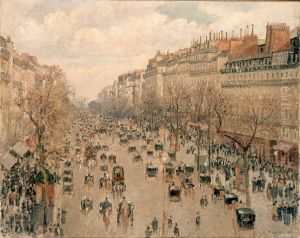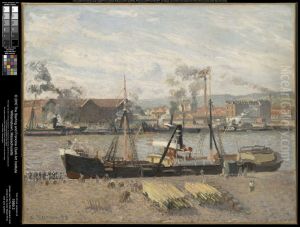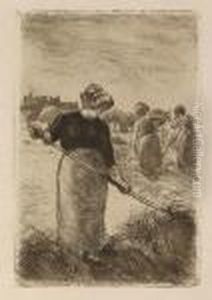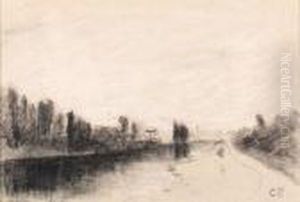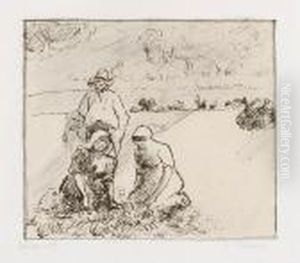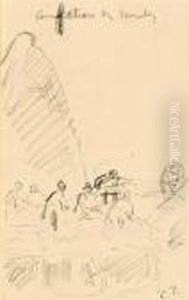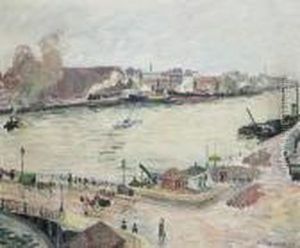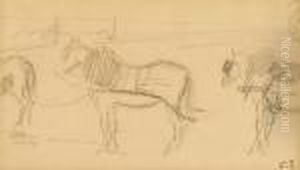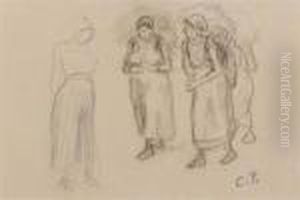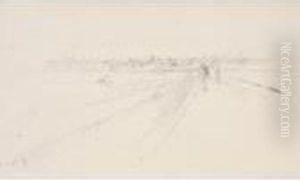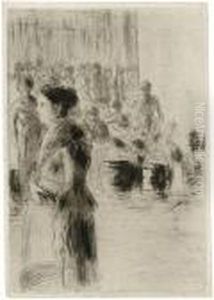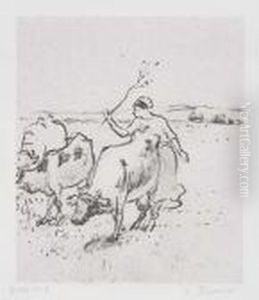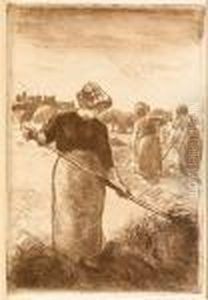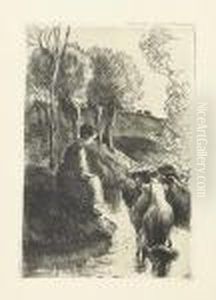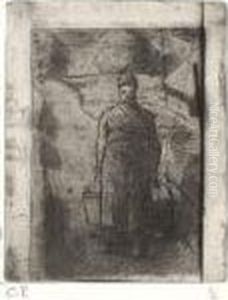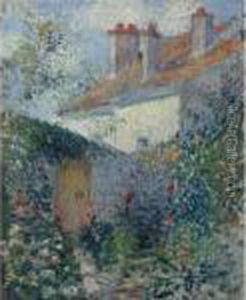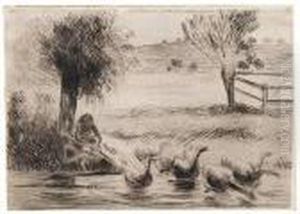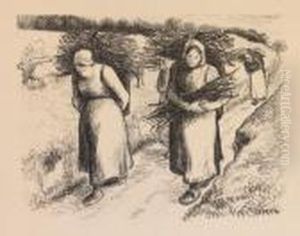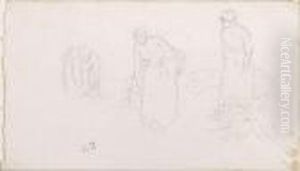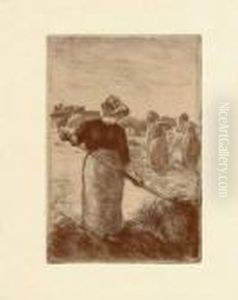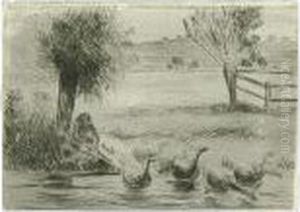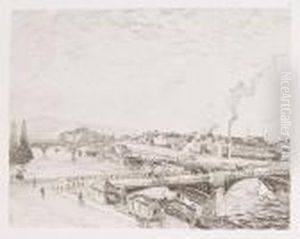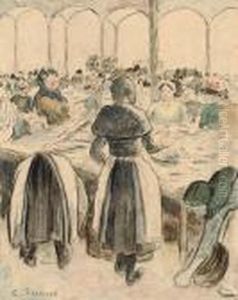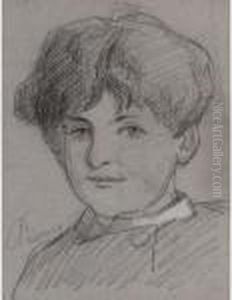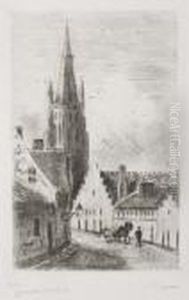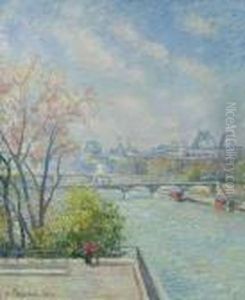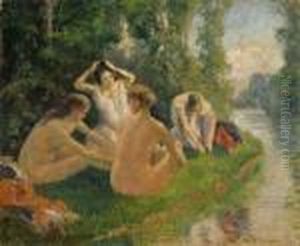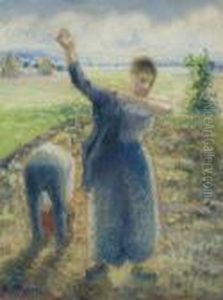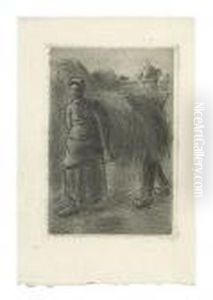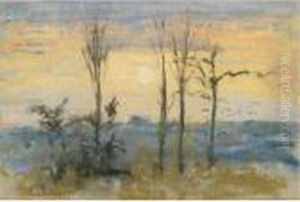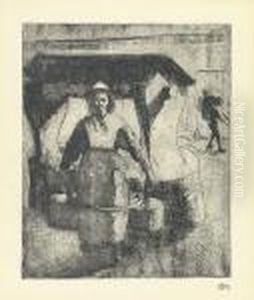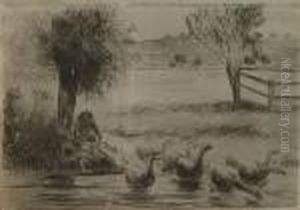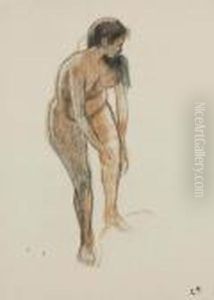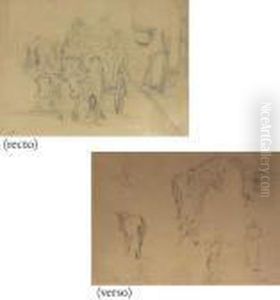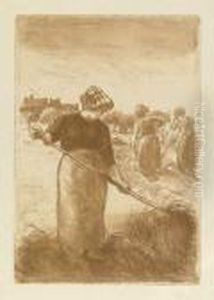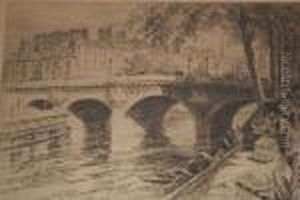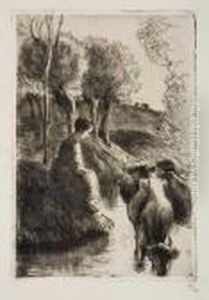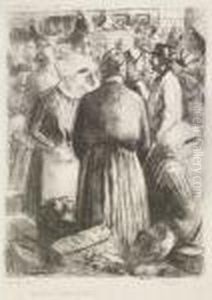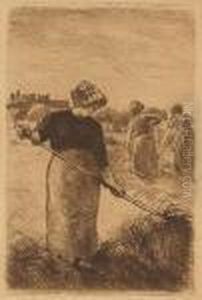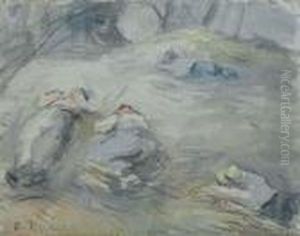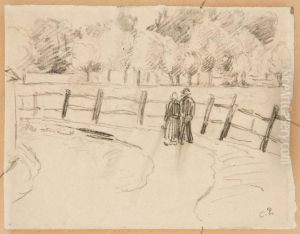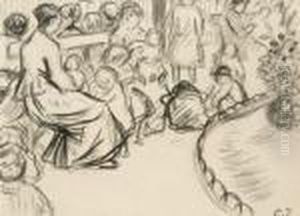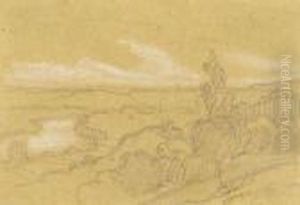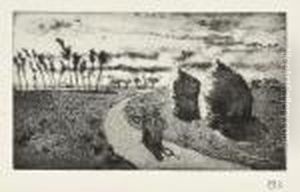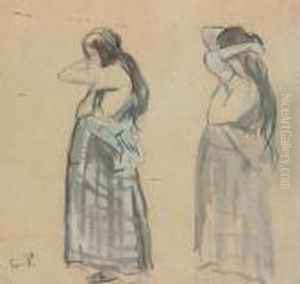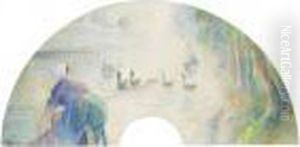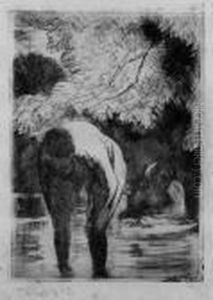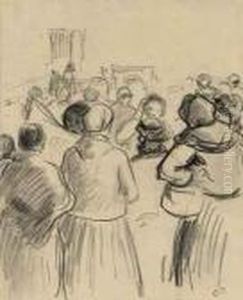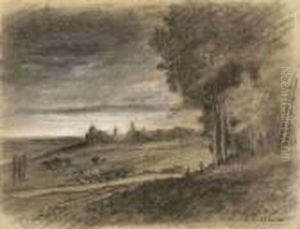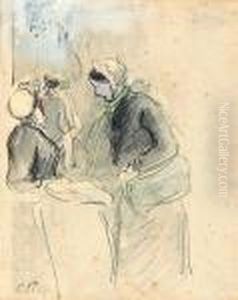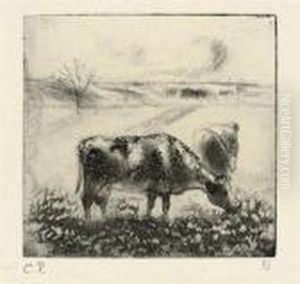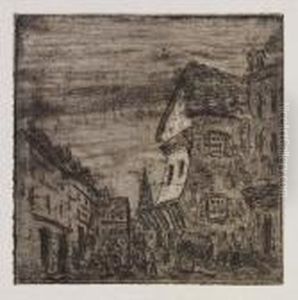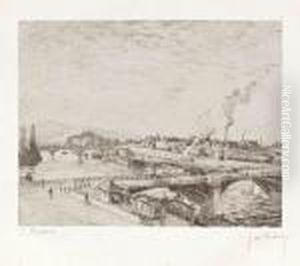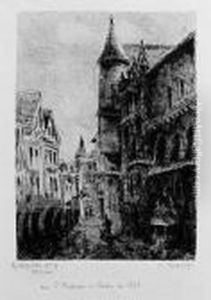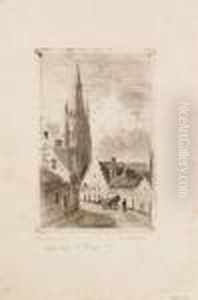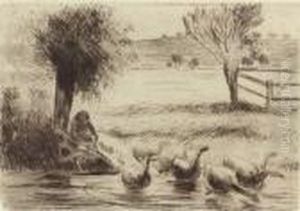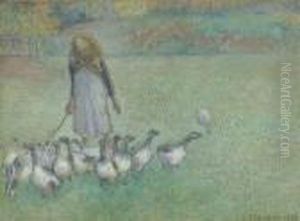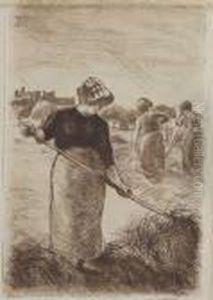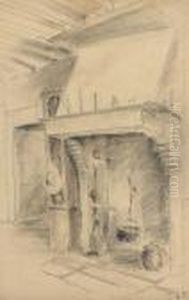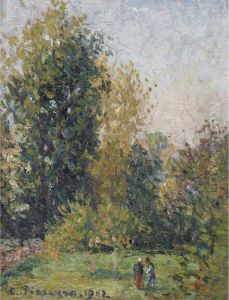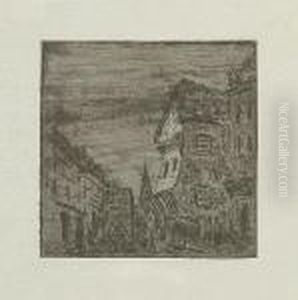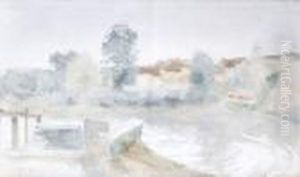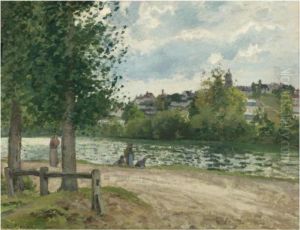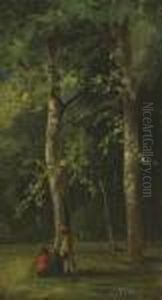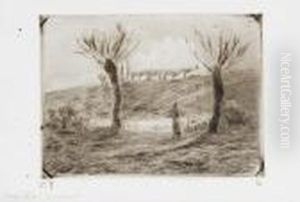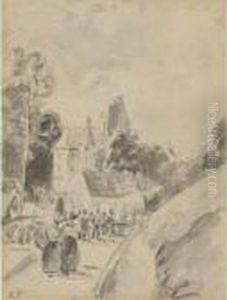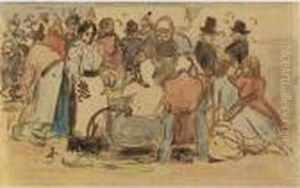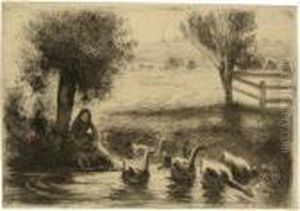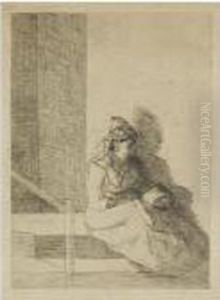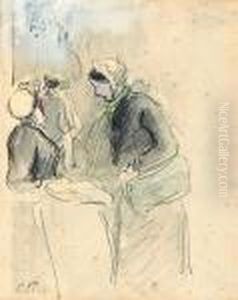Camille Pissarro Paintings
Jacob Abraham Camille Pissarro was a Danish-French Impressionist and Neo-Impressionist painter born on the island of St Thomas (now in the US Virgin Islands, but then in the Danish West Indies). His importance resides not only in his visual contributions to Impressionism and Post-Impressionism but also in his mentoring relationships with several younger artists, including Paul Cézanne, Paul Gauguin, Vincent van Gogh, and Georges Seurat.
Pissarro was born on July 10, 1830. His parents were of Portuguese Jewish descent and lived in the Danish colony of the Virgin Islands, where his father was a prosperous merchant. However, Pissarro was sent to Paris at the age of twelve to attend school. There, he developed an early appreciation of the French art masters. After returning to St. Thomas, Pissarro eventually went back to Paris, where he studied at various academic institutions, including the École des Beaux-Arts and Académie Suisse, and worked under guidance from painters like Melbye and Corot.
In 1855, Pissarro moved to Venezuela with the Danish painter Fritz Melbye and spent two years there before returning to Paris. His approach to art was influenced by the works of Jean-Baptiste-Camille Corot, Gustave Courbet, and Charles-François Daubigny. Pissarro's early work reflects the influence of these artists, and he often depicted rural scenes, landscapes, and villages, which became his signature subject matter throughout his career.
Pissarro was a key figure in the Impressionist movement; he helped organize the first Impressionist exhibition in 1874 and participated in all eight of the Impressionist exhibitions. He was the only artist to show his work at all eight Impressionist exhibitions. His works from this period showed the characteristics of Impressionist style, with loose brushwork, soft color palettes, and outdoor scenes emphasizing the changing qualities of light.
In the 1880s, Pissarro began to explore Neo-Impressionism and experimented with the 'pointillist' technique, which involves painting with small, distinct dots of color that are meant to blend together when viewed from a distance. He was influenced by Georges Seurat and Paul Signac, who were the main proponents of this technique. However, Pissarro later abandoned this style, as he found it too rigid and returned to a more spontaneous impressionist approach.
Pissarro's work was not just limited to landscapes; he also painted urban scenes, markets, and portraits. His later works often depicted city life, especially the boulevards and markets of Paris. Pissarro's paintings also reflect his political beliefs; he was an anarchist and believed in the ideals of liberty and equality, which is evident in the way he portrayed the working class and their environments.
Camille Pissarro was a mentor to many younger artists, his collaborative approach and support for his peers helped shape the future of impressionist and post-impressionist art. Despite facing anti-Semitic abuse and financial difficulties throughout his life, his commitment to his art remained steadfast. Pissarro died on November 13, 1903, in Paris, leaving behind a vast and influential body of work that continues to be celebrated for its contributions to modern art.

